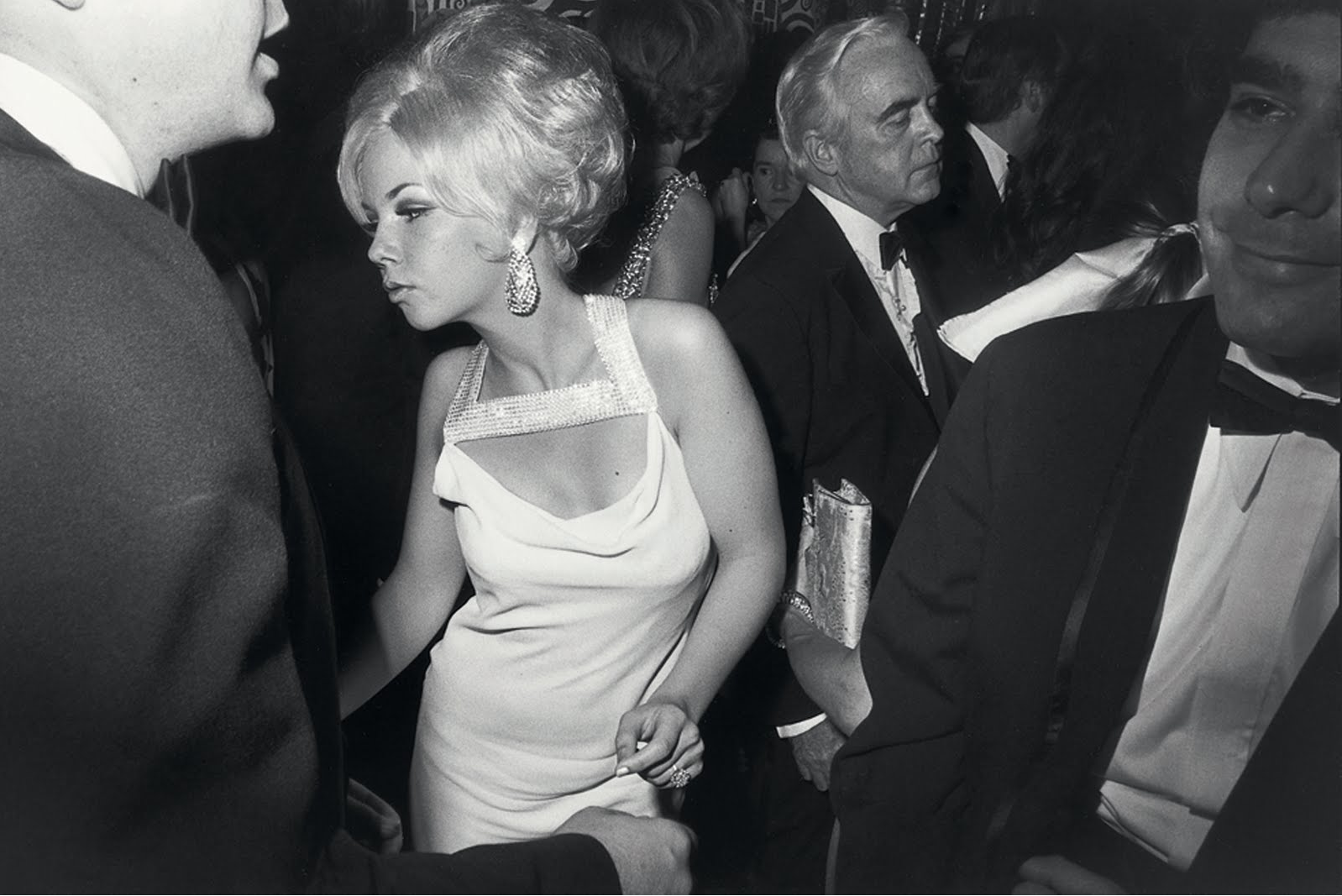Great photography once again at MAN. One year after the success of Vivian Maier’s exhibition, the Museum of the Province of Nuoro is pleased to announce the imminent opening of a new exhibition project, a national preview, dedicated to Garry Winogrand, father of street photography .
In recent years the work of Winogrand (1928-1984) has been compared on several occasions to that of Vivian Maier. He too, like the now famous nanny photographer, worked on the streets of New York starting in the early 1960s, carrying out a widespread and obsessive work of reportage.
Winogrand was one of the most important chroniclers of American society, as well as one of the most famous international photographers of the 1960s and 1970s. His gaze on the habits of American citizens, apparently distracted, almost casual, often ironic, was influenced above all by the social photography of Robert Frank and Walker Evans, which he reinterpreted in a new and radical form.
Winogrand identified in the anonymous inhabitants of American cities the ideal subject to give substance to his vision of the world, telling lateral stories, without a script or twists, always captured in public places: in parks, at the zoo, in shopping centers, in museums , at airports, or at political demonstrations and sporting events.
His technique is characterized by the use of wide-angle lenses. The many specimens that have come down to us demonstrate how Winogrand voluntarily sought the presence of a space outside the subject, often forcing the inclination of the camera. As has been written on several occasions, it would be wrong to dismiss these backgrounds as secondary elements, as irrelevant visual “noise”. According to Winogrand’s original vision, the external details, included in the frame of the photograph, instead contributed to increasing the strength and meaning of the portrayed subject.
The exhibition at the MAN, curated by Lola Garrido, created in collaboration with diChroma Photography, presents, for the first time in Italy, the complete collection of photographs which, in 1975, made up the famous volume “Women are Beautiful”, which became today an object of worship. Instant images, proposed here through a series of original prints, which celebrate the female figure with an authentic gaze, in which admiration and irony, veneration and sarcasm are mixed.
A controversial work in many respects, parallel to that of the poets of the Beat Generation, who were not spared heavy criticism. In fact, if in the eyes of some interpreters the photographs appeared as a joyful reflection on the emancipation of women and on sensuality, others – for the presence of shapely figures, in sleeveless dresses or miniskirts, or for the lingering of Winogrand’s gaze on the breasts and backsides – they perceived them instead as the twisted expression of a chauvinistic and misogynistic vision.
What is clear is that this is not a superficial reflection on new concepts of beauty, but rather a description of the social consequences of American counterculture, as well as a statement of support for women’s rights and freedom at a time when Puritan conservatism seemed to want to call into question some of the most important achievements of the post-war period. The well-known photographer Joel Meyerowitz spoke of “a collision and an embrace at the same time: he is a contradiction and the images are contradictory”.
***
Garry Winogrand (1928-1984) was born into a working-class family in the Bronx. He began taking photographs during his military service. He studied painting at the City College of New York and photography at Columbia University. In 1949 he attended a photojournalism course at the New School for Social Research in New York and from 1952 until 1969 he worked as a freelance photojournalist. His first major exhibition was held at the MOMA in 1963. In 1966 he exhibited his photos in the exhibition Toward a social landscape at the George Eastman House of Rochester, together with Lee Friedlander, friend and companion of wanderings. With him and Diane Arbus he participates in the exhibition New Documents (MOMA, 1967). He won three times Gugghenheim Fellowship Awards (1964, 1969, 1979) and once again the National Endowment of the Arts Award (1979). Garry Winogrand’s documentary photographs have appeared in magazines such as Sports Illustrated, Fortune, and Life. Upon his death in 1984 due to cancer, he left behind an enormous archive of images, many of which were never developed. Some of these were collected, exhibited and published by MOMA in the volume Winogrand. Figments from the Real World (1988). Winogrand’s works are present in the collections of the most important museums in the world, such as the MOMA in New York, the Tate Modern in London, the Center Pompidou in Paris.
Lola Garrido is an art historian specializing in photography. She was responsible for the collection of the Banesto Foundation, which today enriches the heritage of the Reina Sofia Museum. As an art critic he has collaborated with the most important Spanish newspapers. His personal photography collection has been the subject of numerous exhibitions.
The MAN Museum is an institution of the Province of Nuoro, supported by the Autonomous Region of Sardinia and the Sardinia Foundation.


